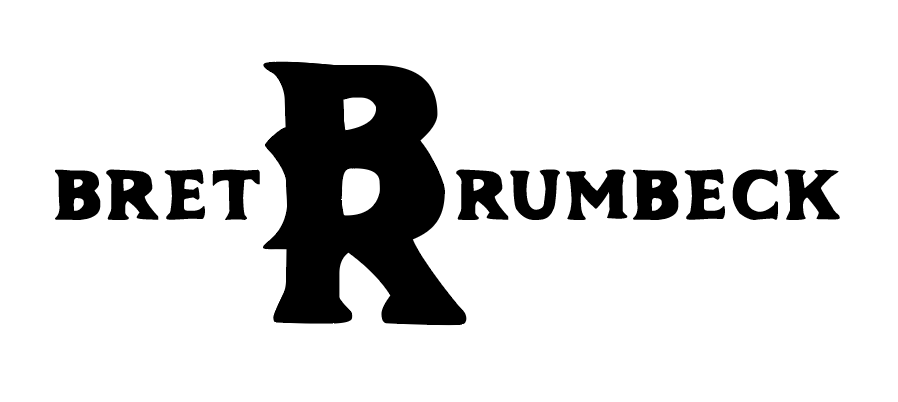Breaking Down the 49ers' Outside Zone Run
“February is always a bad month for TV sports. Football is gone, basketball is plodding along in the annual midseason doldrums, and baseball is not even mentioned.” - Hunter S. Thompson.
And yet, we have survived another professional football offseason filled with contract delays and people without journalism backgrounds gleefully sharing news tidbits from so-called sources. Of note, as someone with over 20 years of experience in media relations, I'd never provide off-the-record or on-background information to someone with a few thousand followers on X.
I'd rather give information to someone who can develop a story with verified information and confirmed facts. At some point, we have to stop running an imaginary race about who "had it first."
With that out of the way, let's review the San Francisco 49ers' opening game win over the New York Jets.
In a post-game interview, tight end George Kittle noted the 49ers' offense ran outside zone most of the evening. Of the team's 37 rushing attempts, 18 attacked the tackle or edge of the formation. Forty-Niners running back Jordan Mason gained 147 yards on the ground on Monday, with approximately 100 yards gained running outside. (Source.)
Rather than dive into multiple plays from Week 1, I want to focus on Mason's 3rd quarter outside zone run that gained 11 yards. It's an ideal play to break down if you want to see the delicate tones in a well-executed rush.
If you want to see more plays from the 49ers' victory, please check out my X thread by clicking here.
3rd Quarter: 2nd & 10 at the SF 39 (6:06)
Outside zone runs are a cornerstone of Kyle Shanahan's offense. He's built multiple plays and schemes from the outside zone, including play-action and keepers.
For those of us who grew up playing in a ground-and-pound run game, such as power and lead runs, it may look funny to see an offensive lineman not bowl over an opponent on a zone run. Instead, the offensive line blocks the opponent on an angle where the opponent is found. From there, they press a landmark to keep the defender moving in one direction.
The running back is an equal member of the blocking scheme, working in conjunction with his line. That's why Mason must press his landmark as long as possible—such as the outside hip of a tackle or tight end—reading his blocks and gaps from the outside to the inside. Once he sees daylight, he needs to take it—not wait for something more to develop.
If everything is executed properly, the offensive line should block on the same angle, and the running back should do the same.
In the trenches, the offensive line is often executing combination blocks. One lineman is designated as the lead man, and the other is the trail man. The lead man's aiming point on a defender is typically the play side armpit, while the trail man is trying to get his helmet screws on the defender's helmet screws.
The defensive lineman's alignment can change the assignments of both the lead and trail blocks. If the defensive lineman plays outside a bit, he will be the lead man's responsibility. He'll drive through the armpit and lock his backside arm. The lead man will have no additional help from the trail man.
Take a look at the Jets' alignment on Mason's run, specifically defensive lineman Solomon Thomas, who was set in a 2i technique.
In this play, left guard Aaron Banks was the lead man in the block. But Thomas was inside Banks, which changed Banks' responsibility as the lead block.
Banks' aiming point was still the playside armpit. But now he would pop up Thomas' playside shoulder, punch out and out and head to the second level to take on a linebacker.
Center Jake Brendell as the trail man, aimed at the screws on Thomas' helmet and then drove him from the line of scrimmage. Typically, a 2i technique is a tough block on an outside zone run for a center, but Brendell handled it very well. Also of note is that Thomas still gets washed out of run plays when a lineman blocks down on him.
As Mason pressed his landmark, he could make three choices. He could bounce outside, bang – a vertical cut, or bend – make an angled cutback against the grain. Looking back to his right, he saw right tackle Colton McKivitz's excellent backside block against defensive tackle Javon Kinlaw.
Backside blocks are as important as play-side blocks, and linemen cannot get stuck on defenders. McKivitz kept driving Kinlaw from the play, resulting in an 11-yard gain.
These subtle nuances of a run play can determine its success or failure. Had McKivitz gotten stuck or slipped off his aiming point, Kinlaw might have made a tackle. The 49ers offensive line did an outstanding job with outside zone runs all evening, owning the space at the line of scrimmage and gaining ground on each play.
All images and videos courtesy of NFL.com.
All statistics courtesy of Pro Football Reference unless noted.


